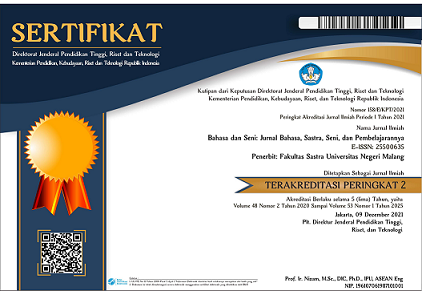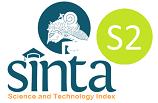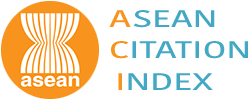TUTURAN TINDAKAN KOMUNIKATIF SUBJEK DIRI DALAM WACANA NARASI
Abstract
Putting self-autonomy of a man as the rational subject itself is an extreme while putting a dependency of rational human subject within themselves in relation to psychological, socio-economic is the other extreme. This study aims at explaining how the main character, Minke in the narrative discourse address these two extremes. The data in this research were in the form of text units which were analyzed using Buhler semiotic model. The results of the study showed that there are three ways used by the subjects to express themselves, namely (1) symptomic way, which was expressed through the validity claims of honesty; (2) the signalic way, shown through the regulative speech using normative validity of accuracy; and (3) the symbolic way, done through the objective validity of truth claims.The findings imply that the subject’s orientations in doing communicative speech acts are the achievement of self-understanding and rational agreement without violence.
Full Text:
PDFRefbacks
- There are currently no refbacks.

This work is licensed under a Creative Commons Attribution 4.0 International License.

Dear Sir/Madam
We appreciate your continued confidence and trust in Bahasa dan Seni: Jurnal Bahasa, Sastra, Seni, dan Pengajarannya (JBS). In order to enhance the service, readability, and quality of JBS publications, we will be transitioning to a new website, https://citeus.um.ac.id/jbs, in collaboration with Digital Commons (Elsevier) starting in July 2024.
Sincerely
Yusuf Hanafi
(Editor in chief)















2.png)